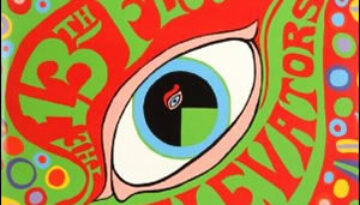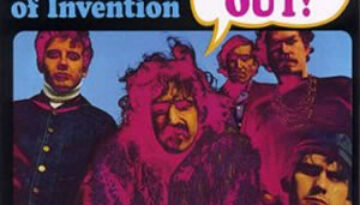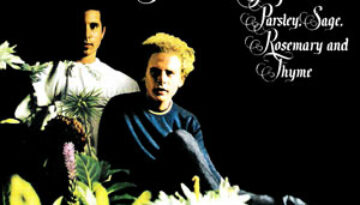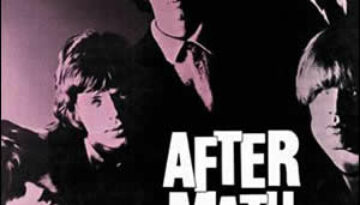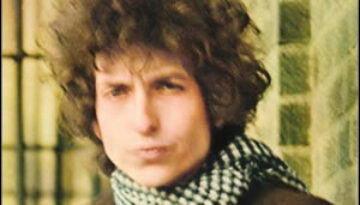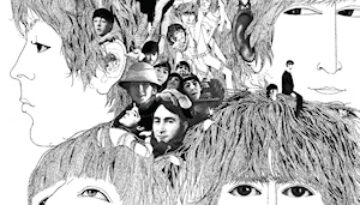The Psychedelic Sounds of
The 13th Floor Elevators
Buy The Psychedelic Sounds of the 13th Floor Elevators Emerging from Austin, Texas in the mid-sixties was the band which many consider to be the pioneers of psychedelic rock, The 13th Floor Elevators. […]

